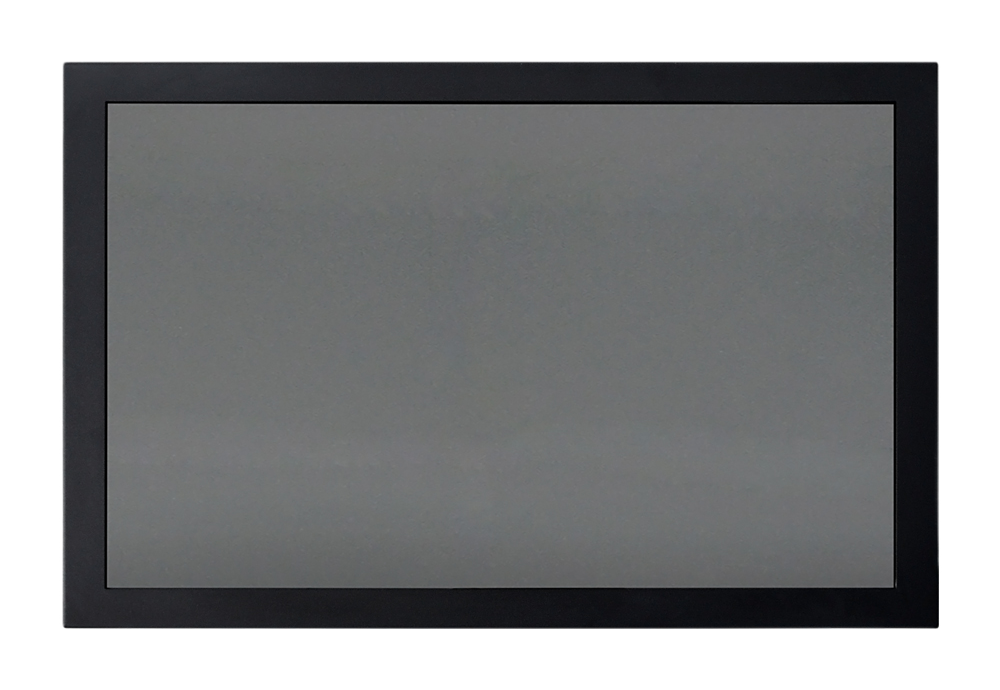SAW touch screen is a high precision touch technology
SAW touch screen is a touch screen technology based on acoustic surface wave, which uses the principle of reflection of acoustic surface wave on the surface of the touch screen to accurately detect the position of the touch point. This technology has the advantages of high accuracy, low power consumption and high sensitivity, so it is widely used in the touch screen field of cell phones, computers, tablet PCs and other devices.
The working principle of SAW touch screen is that when a finger or other object touches the touch screen surface, the SAW will be reflected at the location of the touch point and the receiver will receive the reflected signal and generate a voltage signal to determine the location of the touch point. Because the acoustic surface wave touch screen does not rely on other optical sensors such as infrared, it works well in dark environments.
Compared with other touch screen technologies, the acoustic surface wave touch screen has the following advantages:
1. High precision: Since SAW technology is a non-contact detection technology, high precision touch can be achieved.
2. Low power consumption: Since the SAW technology does not require wiring, it can reduce power consumption and improve the endurance of the device.
3. High sensitivity: Because SAW technology can detect small touch movements, it can achieve higher sensitivity and response speed.
However, there are some disadvantages in the use of SAW touch screens:
1. High noise: In some environments with high interference, the SAW technology may generate large noise, affecting the touch accuracy.
2. Poor anti-interference ability: because the sound surface wave technology relies on reflected signals to detect the location of the touch point, so in the case of strong ambient light or interference, its touch accuracy may be affected.
3. High cost: Because the SAW technology needs to work in concert with hardware and software to achieve full touch functionality, so the cost is relatively high.
In order to solve these problems, the following measures can be taken:
1. Optimize environmental parameters: improve the accuracy and stability of the work of the acoustic surface wave touch screen by reducing environmental noise and improving the anti-interference ability of the touch screen, etc.
2. Use of optical sensors: through the use of infrared, ultrasonic and other optical sensors to enhance the anti-interference ability of the SAW touch screen, to improve the stability and sensitivity of the work of the device.
3. Optimize the cost: By using proven technology and reducing costs, the cost performance of the acoustic surface wave touch screen can be improved and can be more widely used in a variety of devices.
Through actual cases, we can see the advantages of the SAW touch screen in different application scenarios. For example, when used on cell phones, SAW touchscreens can enable more accurate and faster touch operations to improve the user experience. When used on computers, tablets and other devices, SAW touchscreens can reduce power consumption and improve device life. Therefore, acoustic surface wave touchscreens have a wide range of applications and still have great potential for future development.
Post time: May-19-2023







